Understanding a snake’s feeding rhythm is crucial whether you’re a pet owner, wildlife enthusiast, or simply curious about these fascinating reptiles. Unlike mammals that may eat daily, snakes have distinct feeding patterns that can tell us much about their health, habits, and natural behaviors. Recognizing these rhythms helps us better care for captive snakes and understand wild populations. This article explores the various aspects of snake feeding patterns, including factors that influence them, signs to watch for, and how to respond appropriately to your serpentine friend’s nutritional needs.
Understanding the Basics of Snake Feeding Behavior

Snakes are opportunistic carnivores with metabolic rates significantly lower than mammals, allowing them to go extended periods between meals. Unlike warm-blooded animals that burn calories quickly to maintain body temperature, a snake’s cold-blooded physiology enables it to survive on fewer calories and thus feed less frequently. Most snake species have evolved to consume relatively large prey items in proportion to their body size, which they digest slowly and thoroughly over days or even weeks. This fundamental aspect of snake biology creates cyclical feeding patterns rather than daily consumption habits, with feeding frequency varying dramatically between species – from weekly meals for some small active species to monthly or even seasonal feedings for larger pythons and boas.
Species-Specific Feeding Rhythms
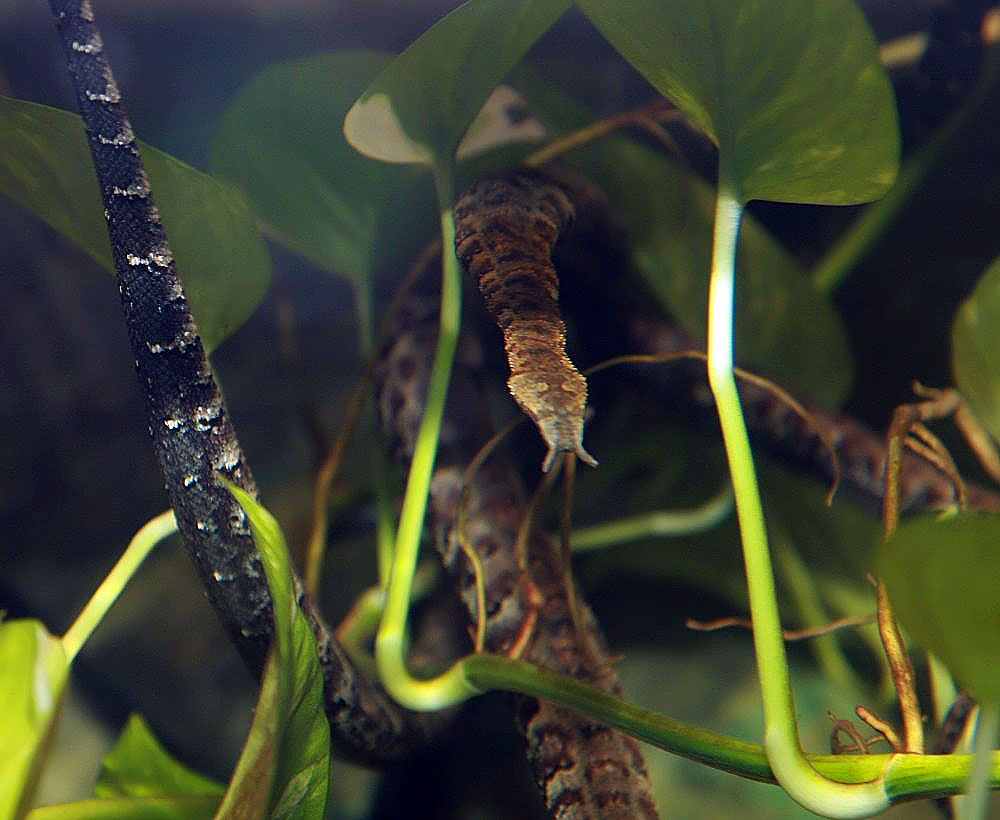
Feeding frequencies vary dramatically across different snake species, reflecting their evolutionary adaptations and natural habitats. Small, active species like garter snakes and corn snakes typically feed more frequently, often requiring meals every 5-7 days as adults. Medium-sized constrictors such as ball pythons usually establish rhythms of feeding every 7-14 days when mature, though this can extend during breeding seasons or winter months. Large constrictors like reticulated pythons or anacondas may only need to feed once every few weeks or even months, as their massive meals sustain them for extended periods. Understanding the natural feeding patterns specific to your snake’s species provides the foundation for recognizing whether their individual rhythm falls within healthy parameters.
Seasonal Variations in Feeding Patterns
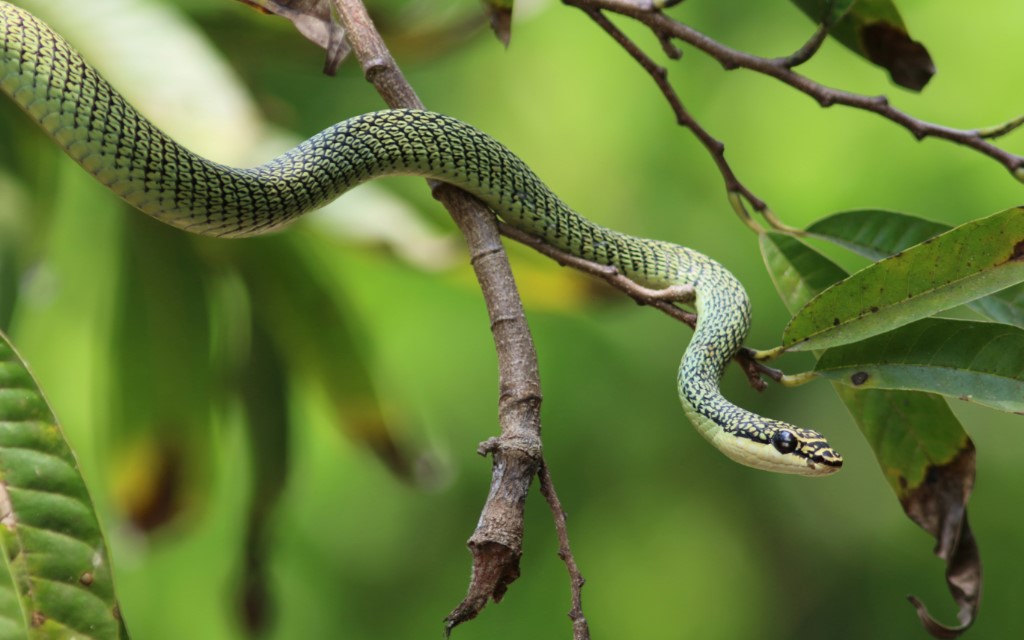
Many snakes exhibit pronounced seasonal changes in their feeding behaviors, even in captivity where temperatures remain relatively constant. During winter months or cooling periods, snakes often naturally reduce their food intake or stop eating altogether in a process known as brumation – the reptilian equivalent of hibernation. Spring typically brings increased appetite as breeding season approaches, with many species feeding voraciously to build energy reserves. Summer feeding patterns usually represent the snake’s baseline rhythm, while autumn may show a gradual tapering of intake as the body prepares for potential winter dormancy. These seasonal fluctuations remain programmed into snakes’ biological clocks even after generations in captivity, making it essential to recognize these natural variations rather than forcing year-round consistent feeding.
Visual Indicators of Hunger
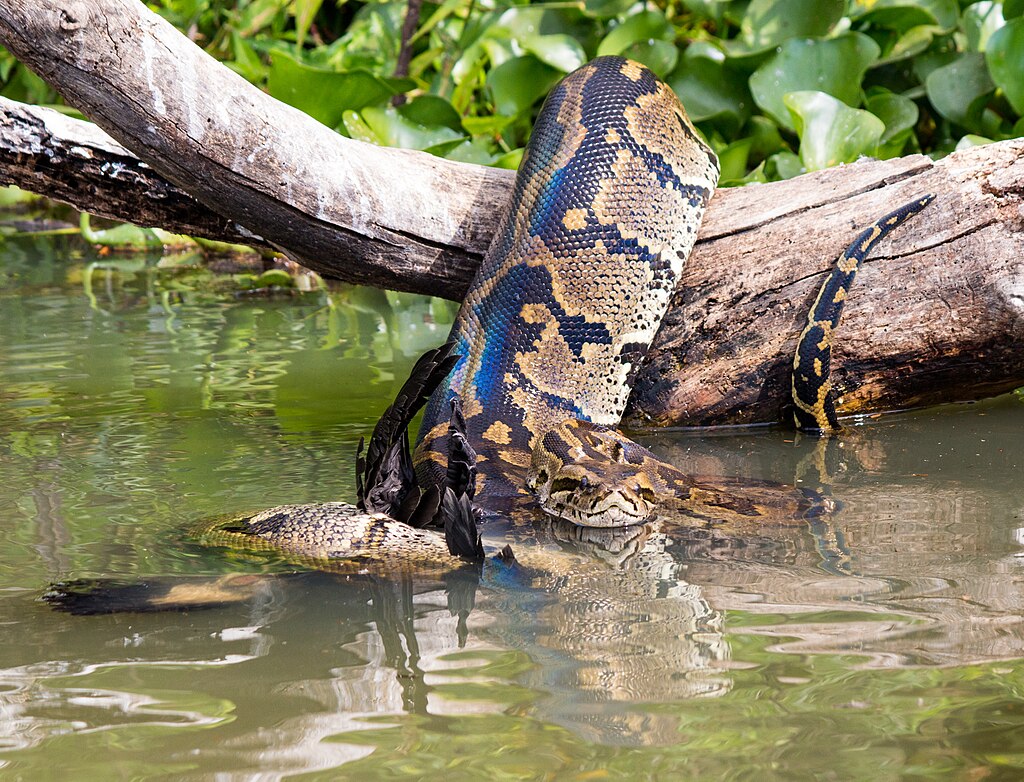
Experienced snake keepers learn to recognize subtle visual cues that indicate their reptile is ready for its next meal. Increased activity and exploratory behavior often signal hunger, with the snake becoming more alert and spending more time actively moving around its enclosure or near feeding areas. Tongue flicking typically intensifies as the snake’s sensory awareness heightens in preparation for hunting. The positioning of the snake can also be telling – hungry specimens often position themselves in ambush positions or near enclosure openings where food might appear. Perhaps most notably, many snakes display a more defined muscular tone when hungry, with their bodies appearing less relaxed and more prepared for the potential physical demands of capturing prey.
Reading Body Language During Feeding Cycles
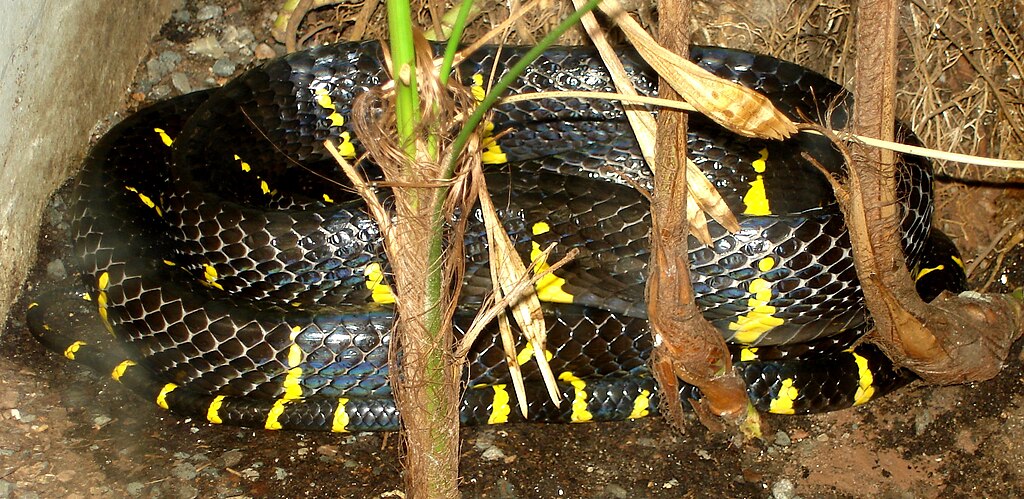
A snake’s body language shifts subtly throughout its feeding cycle, providing observant keepers with valuable information about their pet’s nutritional status. Immediately after consuming a meal, most snakes become noticeably sedentary, often seeking secure hiding spots where they can digest undisturbed. During the middle phase of digestion, a visible bulge may still be apparent while the snake returns to more normal activity levels, though it typically avoids strenuous movements. As digestion completes and hunger begins to return, snakes generally become more responsive to environmental stimuli, react more quickly to movements, and may position themselves strategically for hunting opportunities. The eyes also provide important clues – clear, alert eyes often indicate a snake ready to feed, while dull or partially closed eyes might suggest the snake is still digesting or entering a shedding phase.
Recognizing Hunger vs. Defensive Posturing
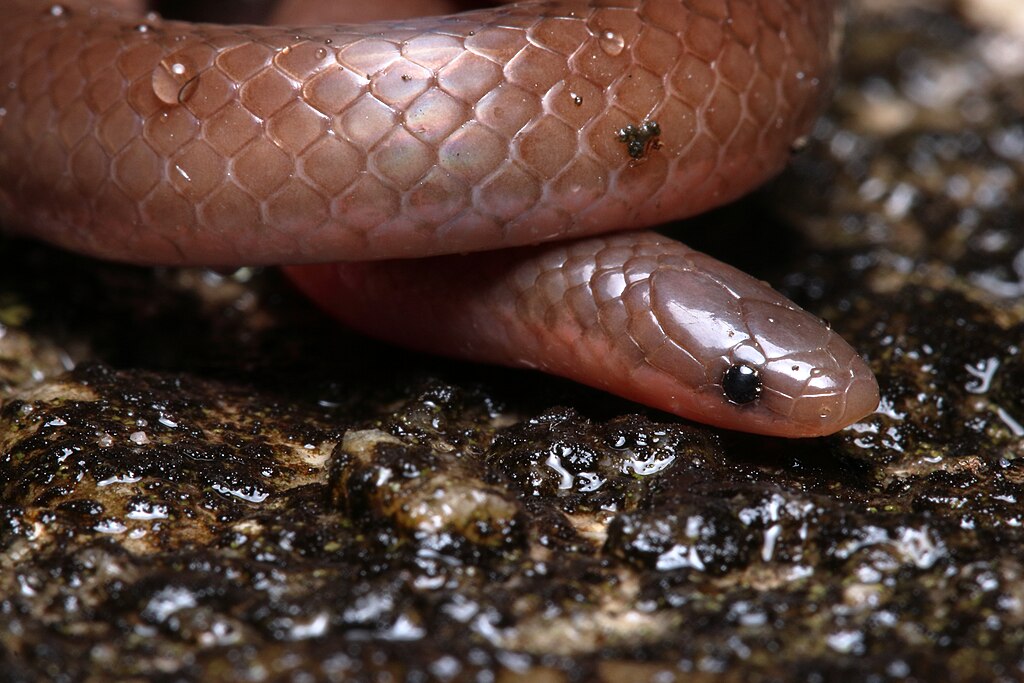
One common challenge for snake owners is distinguishing between hunger-related behaviors and defensive posturing, as both can involve increased alertness and reactivity. A hungry snake typically exhibits focused attention on potential food items, with steady, purposeful movements and regular tongue flicking to gather scent information. In contrast, a defensive snake often displays jerky or erratic movements, may hiss or vibrate its tail, and might flatten its head or neck to appear larger and more threatening. The body posture differs significantly as well – a feeding-ready snake maintains a relaxed, flowing body line optimized for striking at prey, while a defensive snake holds tension throughout its body and may form s-shaped coils ready for a protective strike. Learning to differentiate these behavioral patterns helps prevent misinterpreting a defensive response as hunger, which could result in injury to both snake and handler.
Tracking Post-Feeding Behavior

After consuming prey, a snake’s behavior follows a predictable pattern that signals the progress of digestion and can help establish its natural rhythm. Immediately following a meal, most snakes seek security, often retreating to hides or warm spots in their enclosure where they remain relatively motionless for 24-48 hours as initial digestion begins. During this period, the snake may bask more frequently under heat sources, as increased body temperature accelerates the digestive process. A slight increase in respiratory rate is normal during active digestion, particularly for snakes that have consumed large prey relative to their body size. Defecation typically occurs 4-7 days after feeding for most medium-sized species, marking the completion of the digestive cycle and serving as a reliable indicator that the snake may soon be ready to feed again.
The Impact of Environmental Factors

Environmental conditions significantly influence a snake’s feeding rhythm, often overriding even established patterns. Temperature plays the most crucial role, as snakes require appropriate heat to digest food properly – when enclosure temperatures fall below species-specific thresholds, digestion slows dramatically or stops entirely, potentially leading to regurgitation and illness. Humidity fluctuations can affect feeding behavior as well, particularly in species from tropical environments that may reduce feeding during dry periods. Light cycles signal seasonal changes to snakes, with shortened daylight hours often triggering reduced feeding frequency even when temperatures remain constant. Environmental stressors like excessive handling, enclosure changes, or the presence of potential predators can suppress appetite temporarily, causing disruptions to normal feeding rhythms that may persist for weeks if the stressor isn’t identified and addressed.
Age-Related Feeding Pattern Changes
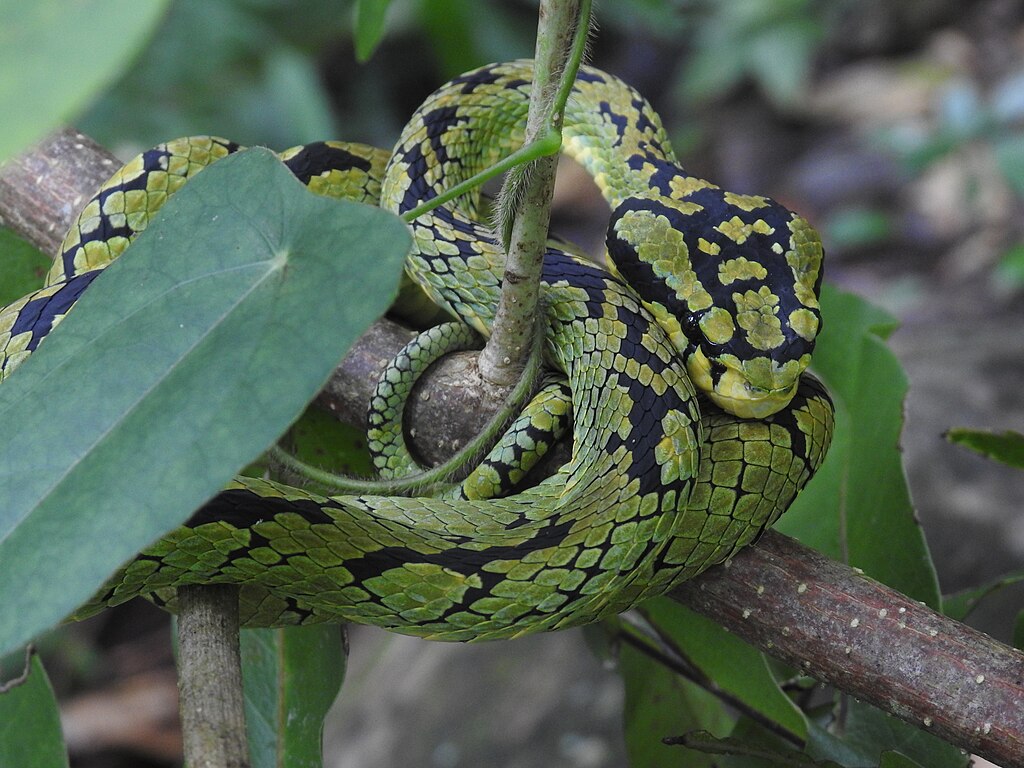
A snake’s feeding rhythm naturally evolves throughout its lifespan, following predictable developmental patterns that attentive owners should anticipate. Juvenile snakes typically feed more frequently than adults, with many species requiring twice-weekly feedings during growth phases to support rapid development and higher metabolic demands. As snakes approach maturity, feeding frequency gradually decreases while prey size increases, eventually stabilizing into the adult pattern appropriate for their species. Senior snakes often display further reductions in feeding frequency as their metabolism slows and growth ceases entirely, which represents a natural change rather than a health concern. Understanding these age-appropriate transitions helps prevent both underfeeding growing juveniles and overfeeding mature adults, ensuring proper nutrition throughout the snake’s life stages.
Recognizing Feeding Refusals vs. Natural Fasting
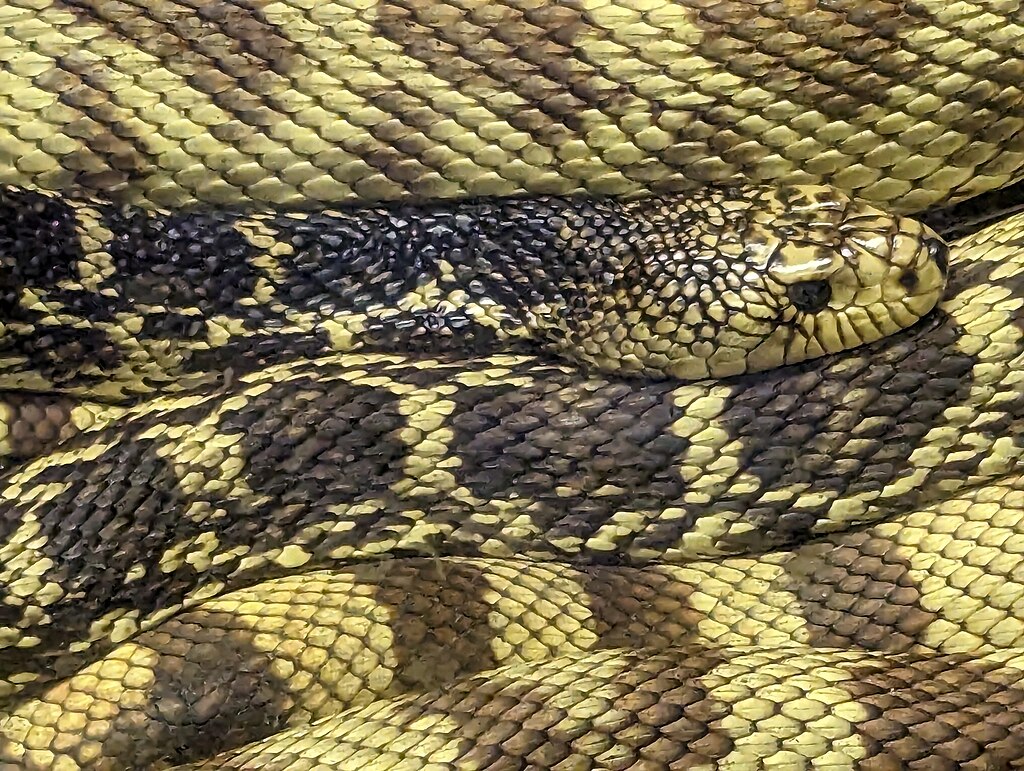
Distinguishing between problematic feeding refusals and natural fasting periods presents one of the most challenging aspects of interpreting a snake’s feeding rhythm. Natural fasting typically occurs during predictable periods such as breeding season, pre-shedding phases (known as the “blue phase” due to the cloudy appearance of the eyes), or seasonal dormancy, with the snake maintaining healthy body condition and normal behavior despite declining food. Problematic refusals, conversely, often accompany other symptoms such as weight loss, abnormal posture, respiratory issues, or unusual hiding behaviors. The context of refusal provides important clues – a snake that eagerly takes food during its normal feeding cycle but suddenly stops may indicate health concerns, while gradual seasonal transitions in food acceptance more likely represent natural rhythm changes. Keeping detailed feeding records helps identify patterns and distinguishes between concerning refusals and expected fasting periods.
Health Indicators in Feeding Rhythms
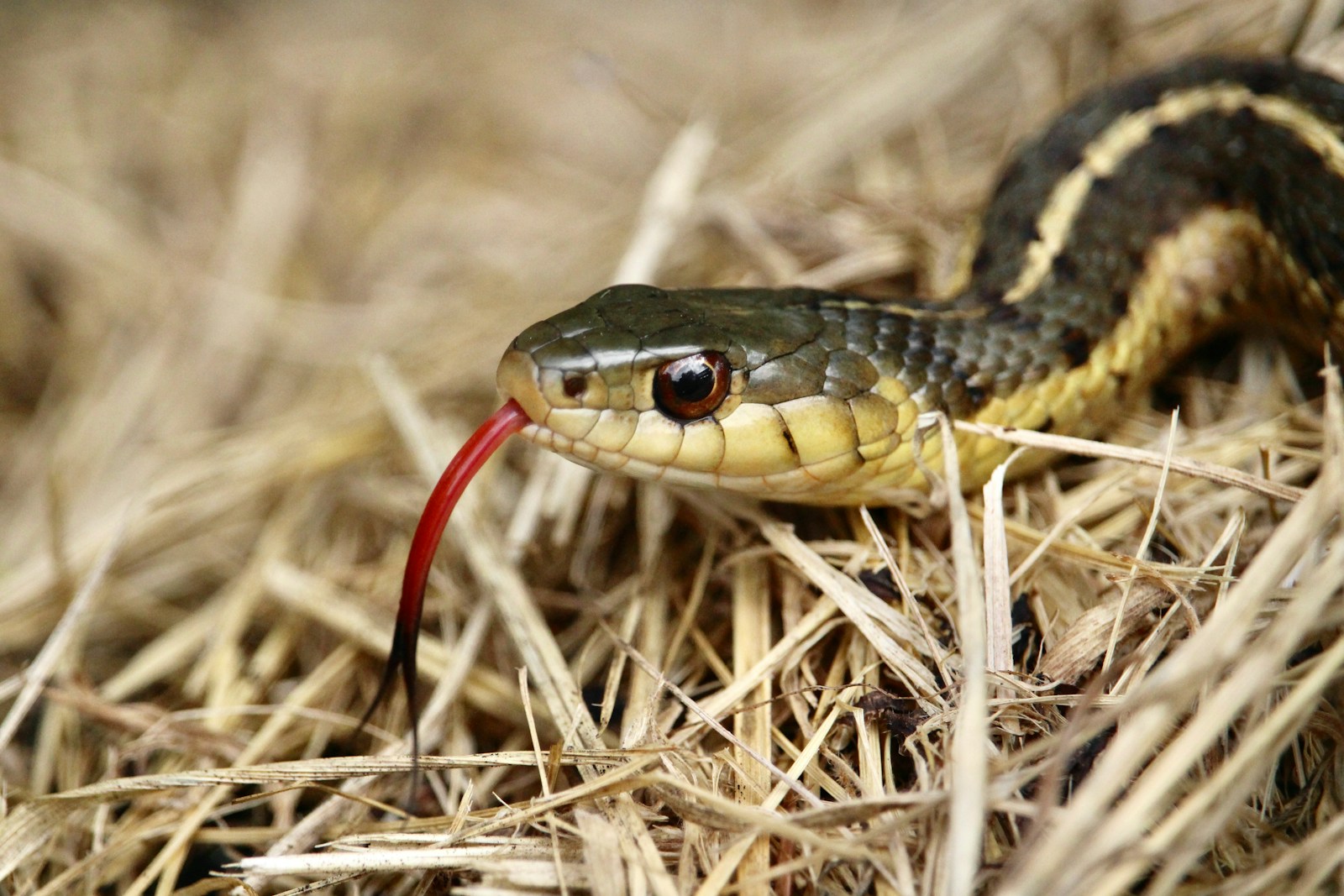
A snake’s feeding pattern serves as one of the most reliable barometers of its overall health status, often signaling problems before other symptoms become apparent. Sudden changes in established feeding rhythms – whether increased voracity or unexpected refusals – warrant careful monitoring, as they frequently indicate developing health issues. A healthy snake maintains relatively consistent feeding responses appropriate to its species, age, and season, while showing proper digestion and elimination cycles. Regurgitation, particularly repeated incidents, represents a serious disruption to normal feeding rhythm and indicates potential problems with temperature, prey size, handling practices, or underlying illness. Steady weight maintenance or appropriate growth relative to food consumption indicates efficient metabolism and proper digestion, while failure to gain weight despite regular feeding or rapid weight loss between meals suggests possible parasitic infection or other health concerns requiring veterinary attention.
Establishing a Feeding Schedule

While respecting a snake’s natural rhythm remains paramount, establishing a consistent feeding schedule helps both the keeper and the reptile develop healthy routines. Begin by researching the typical feeding frequency for your snake’s specific species, age, and size, using this information as a starting framework rather than rigid rules. Offer food at approximately the same interval each time, noting how quickly the snake accepts the meal, how long digestion takes, and when the snake begins showing hunger behaviors again. Document each feeding event, recording details such as prey size, temperature conditions, and the snake’s response, which creates valuable data for identifying your individual snake’s natural pattern. Adjust the schedule seasonally as needed, allowing for natural reductions during winter months and possibly increasing frequency during active growth periods, while always remaining flexible enough to accommodate your snake’s individual variation from textbook standards.
Using Technology to Monitor Feeding Patterns

Modern technology offers snake keepers powerful tools for tracking and understanding feeding rhythms with unprecedented precision. Digital thermometers with data logging capabilities help correlate temperature fluctuations with changes in feeding response, revealing patterns that might otherwise go unnoticed. Weight scales designed specifically for reptiles allow precise tracking of weight changes between feedings, providing objective measurements of growth and digestion efficiency. Many enthusiasts now use specialized apps or spreadsheets to record feeding dates, prey sizes, environmental conditions, and behavioral notes, generating visual graphs of feeding intervals that make patterns easier to recognize. More advanced setups might incorporate motion-activated cameras that record nighttime activity, often revealing natural hunting behaviors or hunger cues that occur when owners aren’t observing, and providing valuable insights into the snake’s natural rhythms beyond feeding day observations.
Understanding a snake’s feeding rhythm requires patience, observation, and a willingness to adapt to each animal’s individual needs. By paying attention to species-specific requirements, environmental factors, and behavioral cues, snake owners can establish healthy feeding patterns that support their reptile’s wellbeing. Remember that variations in appetite are normal, especially with seasonal changes, shedding cycles, and as the snake ages. The reward for this attentiveness is a healthy snake that maintains proper weight, shows natural behaviors, and thrives under your care – the ultimate goal for any responsible reptile keeper.





